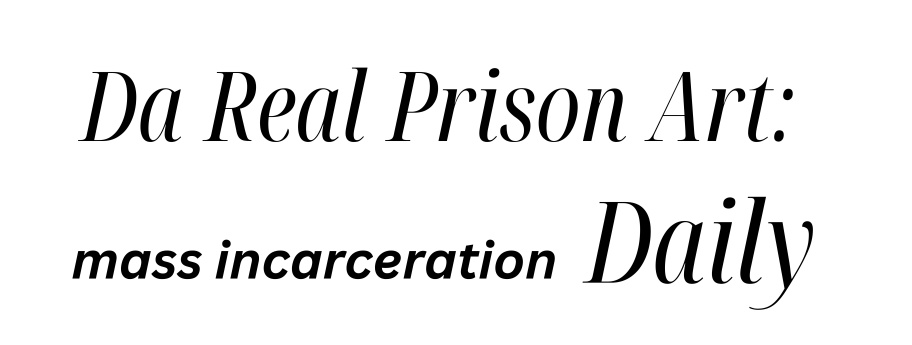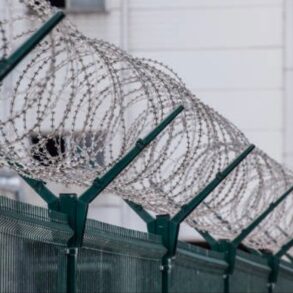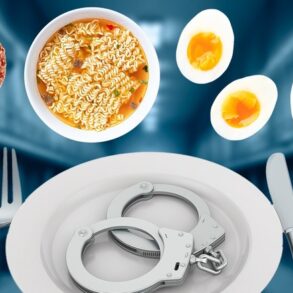
“Who am I when I have nothing?”
This was the first question I asked myself as I prepared to start my sentence at a women’s federal prison. It wasn’t until I experienced incarceration that I realized just how much of our identities rely on our possessions. Not only do we express ourselves through our accessories, the products we use, and the clothes we wear, but we create and communicate our identities through these objects — all things we can’t take with us.
Prison is like a giant sensory deprivation tank. Everything is metal, grey, brown, khaki, or military green. It looks boring and monotonous by design. Despite that, since my first day in prison, I’ve found myself surrounded by art, rich and complex symbolism, quotes, and names in all fonts, pops of color, and intricate linework — all on human skin. Prisons make you start over with nothing, because the point of incarceration in the U.S. is to break you down. But tattoos are one thing they can’t take from us.
On my right forearm, two tigers dance around a small flame, tied together by the red string of fate. My Korean mom and I were both born in the Year of the Tiger on the lunar calendar. Now, I will always have her with me, no matter how far apart we are.
On my left wrist is the Venus symbol representing love and womanhood with a waxing crescent moon, a symbol of rebirth and new beginnings as well as the Pagan symbol of the divine feminine. I got it on my birthday, shortly after fleeing my parents’ homophobia and moving in with my first girlfriend. As much as this piece of ink is a form of self-expression, it also became the first of several tattoos on my body that wordlessly communicated to other queer people I’m one of you. In prison, tattoos are bids for protection or support in an often unforgiving and unsafe environment, as well as an act of resistance to the oppressive conditions of the prison system for queer and trans folks, who are three times as likely to be incarcerated.
For all the LGBTQ+ individuals I bonded with in prison, including the three I spoke with to talk about their tattoos, ink connected them with others through identities, experiences, cultures, and values. These connections are crucial to making prison time easier, for creating safety, and for stealing joy in a place that isn’t designed for it.
Below, read conversations between Renea Baek Goddard and a few people they met while incarcerated. These interviews were conducted in person at Aliceville Satellite Prison Camp and have been condensed and lightly edited for clarity.
Autumn Bradshaw, 28, she/her
You can tell which tattoos I got when I was addicted; my craziest tattoos were from when I was on meth. I thought I was fuckin’ Al Capone when I was on meth. That’s why I have “GANGSTA” and “FUCK YOU PAY ME” on my ankles. I didn’t give a fuck. A lot of my jail pick-n-pokes were like self-harm. It hurt, but I felt something.
This post was originally published on this site be sure to check out more of their content.









